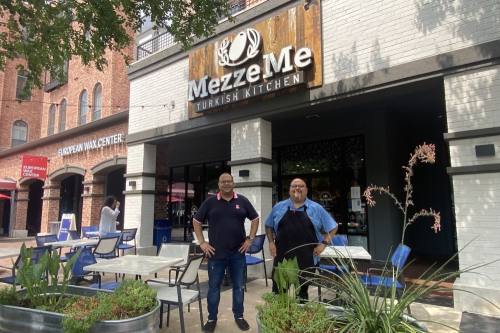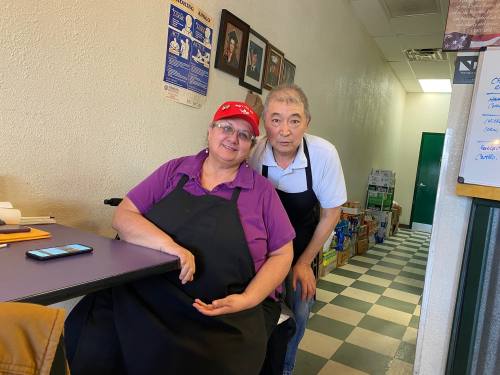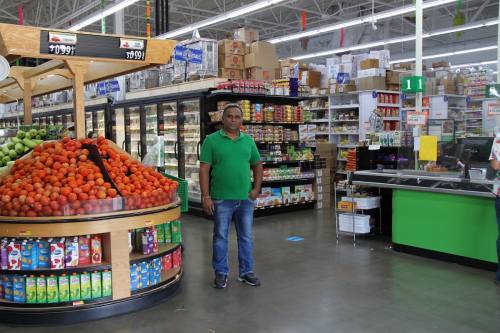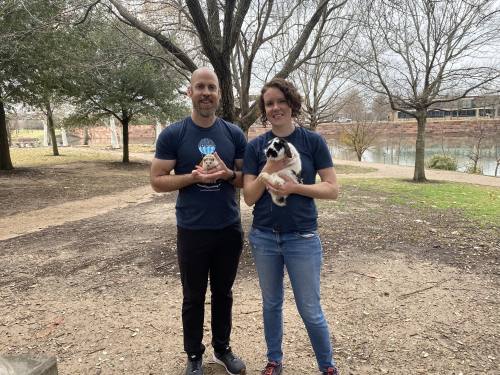Southwest Austin | Dripping Springs
Proposed policy changes spark concern for LGBTQ students in Dripping Springs ISD
The proposed policy changes suggest removal of the terms “gender identity” and “sexual orientation” from nondiscrimination statements but not any other identity-related term.




















 Be the reader to
Be the reader to 